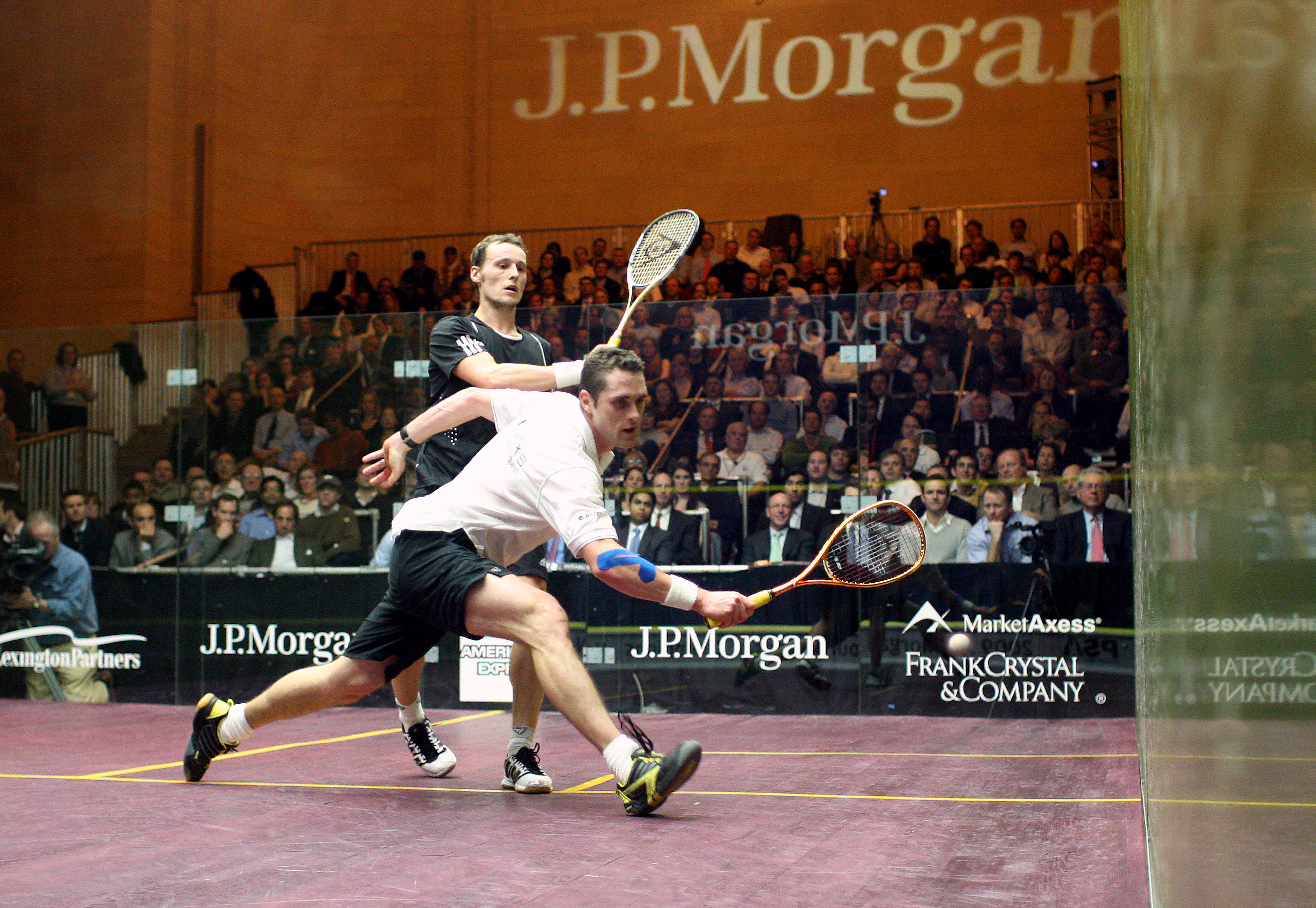By Rod Symington, WSF Referees and Rules Committee
A simple question this month has sparked some thoughts that might prove useful to players at all levels. I received the following e-mail:
How long does a player get to call a let? Does it have to be instantaneous—or the very least before the ball has gone dead?
I am helping to referee some “business house/social” squash at the moment and often the call of let comes a few seconds after the incident—and sometimes after the ball has even bounced twice!
Rule 12.4: The player must appeal either immediately the interference occurs, or when clearly not continuing play after the point of interference, without undue delay.

The wording of the Rule is perhaps not as clear as it could be, but in practice its application is quite clear.
First, the ideal time for a call of “let” is at the precise moment that interference takes place. As you run for the ball and find your opponent in the way of your access to it, you should stop before there is significant contact and request a let.
The Rule also allows for a player to call “let” a moment or two after the interference has taken place, if the player clearly stopped play immediately [as] the interference occurred. The important point here is that the player who wants a let must clearly stop play at the precise moment of interference. If the player moves on a step or two (or three) past the interference, then the player is sending a signal that he or she has not been unduly impeded and intends to play the ball. A player who takes two or three steps and then stops and requests a let, has no right to a let—and the decision must be “no let”.
You may have noticed that in professional matches the players often do not request a let at all. This is an unfortunate development, but impossible to reverse: The players expect that an experienced referee is following and understanding the play, so that when a player stops, the Referee knows immediately that the stopping is a request for a let. Of course, it does happen from time to time that the Referee will see a player stop play and say: “Yes, let”—and the player will counter: “I wasn’t asking for one.” Oops!
Apart from requesting a let too late (as described in the e-mail above), players frequently call “let” too early. Two examples:
1. The striker hits the ball to the front wall, and the opponent calls “let” just as the ball is rebounding from the front wall. The outgoing striker may well be in the way at this moment, but in the way of what? If the ball is not yet playable, there can be no interference. You have to wait and see the ball’s trajectory from the front wall and start moving towards it before there can be any claim of interference.
2. The striker runs for a drop-shot and puts up a high lob. As he or she moves out of the way (the ball is still 15 feet high, the opponent calls “let”—claiming that the player was in the way. But you cannot hit the ball when it is 15 feet high, so there cannot be any interference. Interference would commence when the ball came within hitting range.
But you must also remember this about interference: You do not have an automatic right to a let, just because your access to the ball was impeded. Far too many players assume that interference = let. Not so: You must also have been able to get to the ball and play good return, if there had been no interference. If your opponent’s shot was so good that you would never have reached it—even with a clear path to the ball—then you lose the point.


